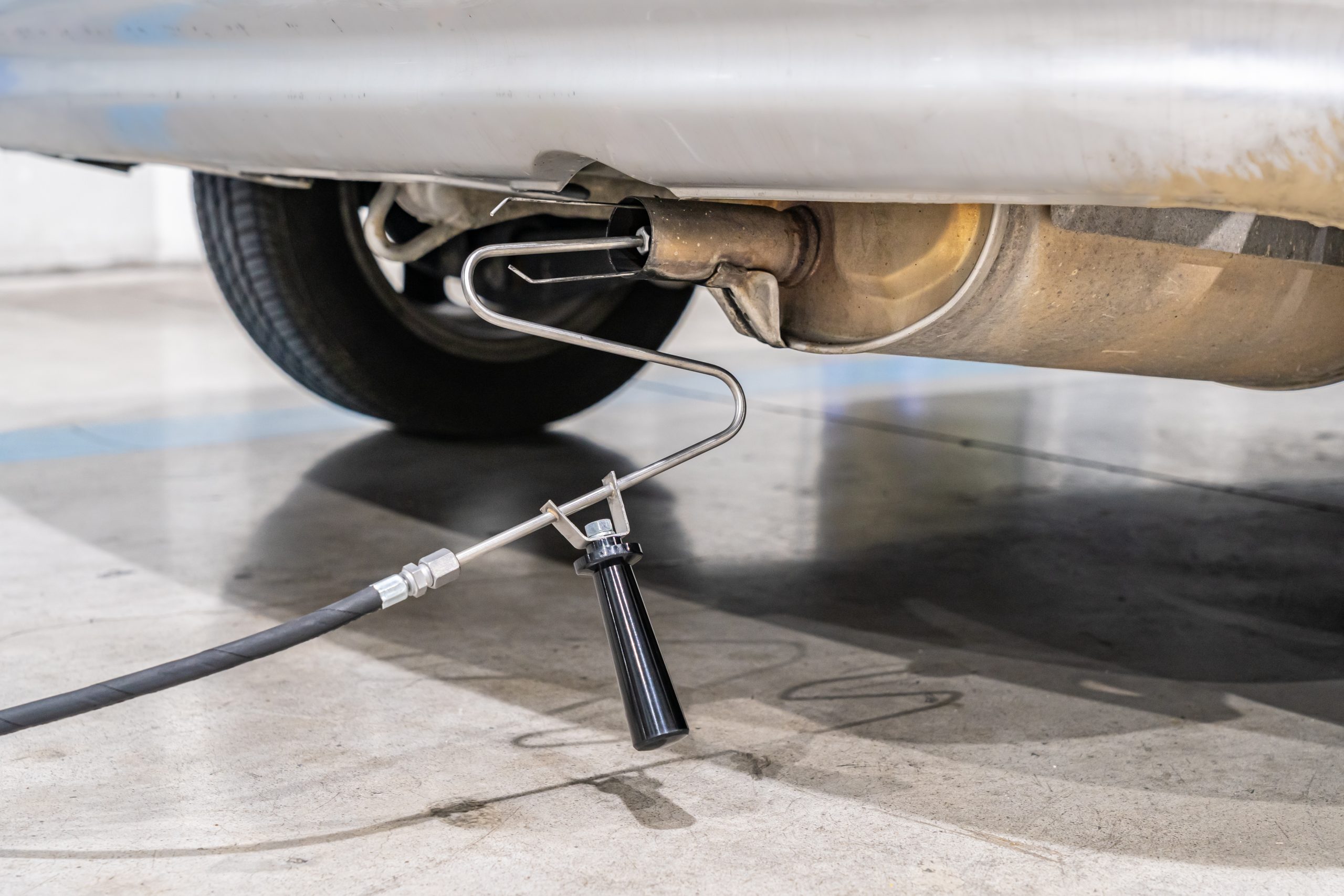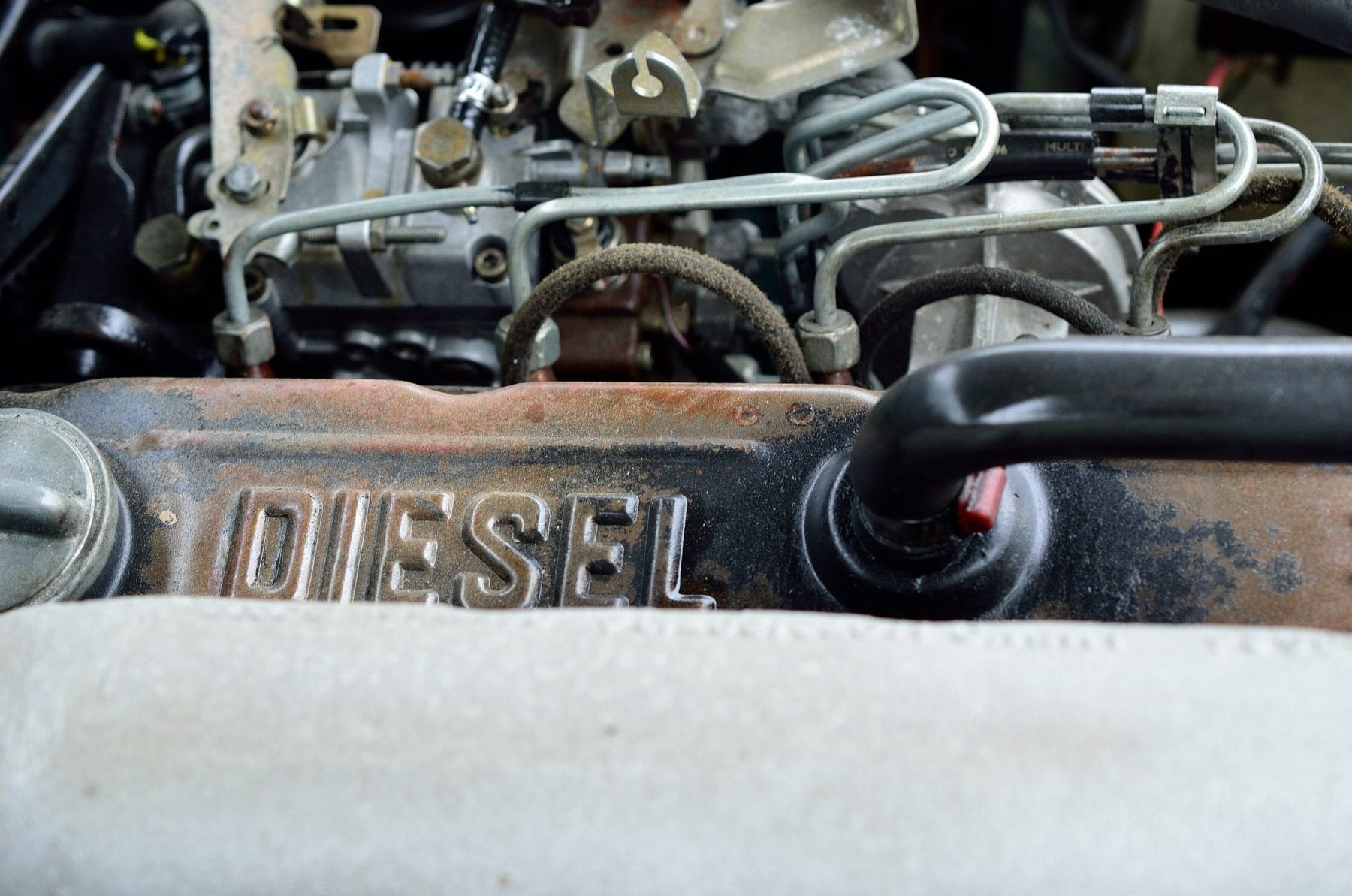The invention of automobiles made a huge impact on modern society. However, personal and commercial use often comes at the expense of the environment.
Cars, trucks, buses, trains, and even construction and farming equipment running on diesel and gasoline produce harmful emissions that contribute to air pollution.
In response to this growing concern, countries and governing agencies set limits on the number of pollutants an engine can emit. The latest emission standards regulate carbon monoxide, hydrocarbons, nitrogen oxides, and particulate matter.
In turn, automobile manufacturers equip their vehicles with after treatment devices to comply with stringent emission standards. A diesel exhaust system plays a crucial role in vehicle performance and likewise contributes to environmental protection efforts.
What Are After Treatment Devices?
After treatment devices help meet emission standards by trapping particulates and converting exhaust gases into harmless emissions. They compromise an entire system that works alongside your vehicle’s engine.
Modern diesel engines include a Diesel Particulate Filter (DPF), Diesel Oxidation Catalyst (DOC), and a Selective Catalytic Reduction (SCR) system. The cleaning process begins when the emission gases move from the engine towards the after treatment system.
The DPF collects and traps particulate matter and then sends it to a regeneration cycle to burn off the soot. Hydrocarbons and carbon monoxide gases then enter the DOC. After collecting particles from the gases in the DPF and DOC, the Selective Catalytic Reduction system with the help of a Diesel Exhaust Fluid converts the remaining nitrogen dioxide and nitrogen oxide into harmless nitrogen gas and water vapor.
After treatment devices also include sensors to indicate their performance. Nitrogen Oxides (NOx) sensors indicate NOx conversion efficiency while particulate matter (PM) sensors measure ash and soot. Exhaust temperature sensors monitor the temperature of emitted gas and protect aftertreatment components from overheating.
Manufacturers install after treatment systems to ensure diesel engines produce emissions that are well below recommended limits. They ensure vehicles pass emission tests before they leave the factory.
Sensors are installed to collect information and send it to the engine’s control mechanisms to ensure acceptable emission rates. They also work together to inform the driver or the mechanic of the after treatment system’s performance. An emission light on your dashboard is a tell-tale sign of an ongoing issue that requires a checkup and may even necessitate repair.
After Treatment Device Maintenance
Once vehicles are on the road, it is up to drivers and mechanics to ensure that after treatment systems undergo regular maintenance. An emission light on your dashboard is one of the tell-tale signs that there is an ongoing issue with your exhaust system. If you also notice reduced mileage or recurring downtimes, it’s time to give your after treatment system the attention it deserves.
Devices such as filters and sensors require regular maintenance to ensure that they serve their purpose. Routine checks can uncover issues such as clogged filters or broken sensors. These require immediate repair. At times, parts replacement is the best solution to ensure consistent performance and prevent costly expenses in the future.
In turn, well-maintained after treatment systems serve numerous advantages. For one, efficient devices improve fuel efficiency. This means fewer trips for fuel refills and improved energy combustion. In addition, keeping an eye on your sensors and alarms ensures the engine remain in good condition for a long time.
After Treatment Systems And Evolving Emission Standards
After treatment systems are instrumental to engine and exhaust efficiency. However, evolving emission standards require better technologies. Countries such as China, Japan, and the United States now have stricter regulations to meet the demands for cleaner diesel and better air quality. For Australia and several countries in Europe and Asia that follow European standards, Euro 6 is the new norm. Recently, the United Nations Economic Commission for Europe (UNECE) also issued a standardized emissions test for all manufacturers.
To comply with these new regulations, vehicle manufacturers are modifying the design of their after treatment systems. New technologies allow them to integrate various devices (DPF, DOC, SCR) into a single module that takes up less space without sacrificing machine performance.
Apart from compact designs, manufacturers are also improving DEF treatments. Diesel exhaust fluid mixing aims to produce cleaner, near-zero emissions. Some are even looking into dual DEF injection systems to conform to new emissions standards.
Innovations in exhaust sensing technologies are also well underway. Algorithms increase sensor sensitivity and improve system responsiveness. Manufacturers continue to develop new exhaust technologies to ensure compliance and to address changing customer demands.
Conclusion
In sum, after treatment systems ensure diesel engines adhere to current emission standards. The DPF and DOC filter particulate matter and reduce carbon emissions while the SCR system converts oxides of nitrogen into harmless nitrogen gas and water vapor.
As emission regulations become stricter, manufacturers employ innovative technologies such as compact designs, improved DEF treatments, and enhanced sensor sensitivity to ensure compliance and improve vehicle performance.
Once on the road, drivers need to understand how after treatment systems work. They need to know the value of these devices and learn to spot issues with their vehicle’s exhaust systems. Mechanics can then troubleshoot the issue with repairs or replacements.
Performing maintenance checks diligently can ensure that diesel exhaust systems comply with current emission standards and even anticipate more stringent emission standards in the future.


